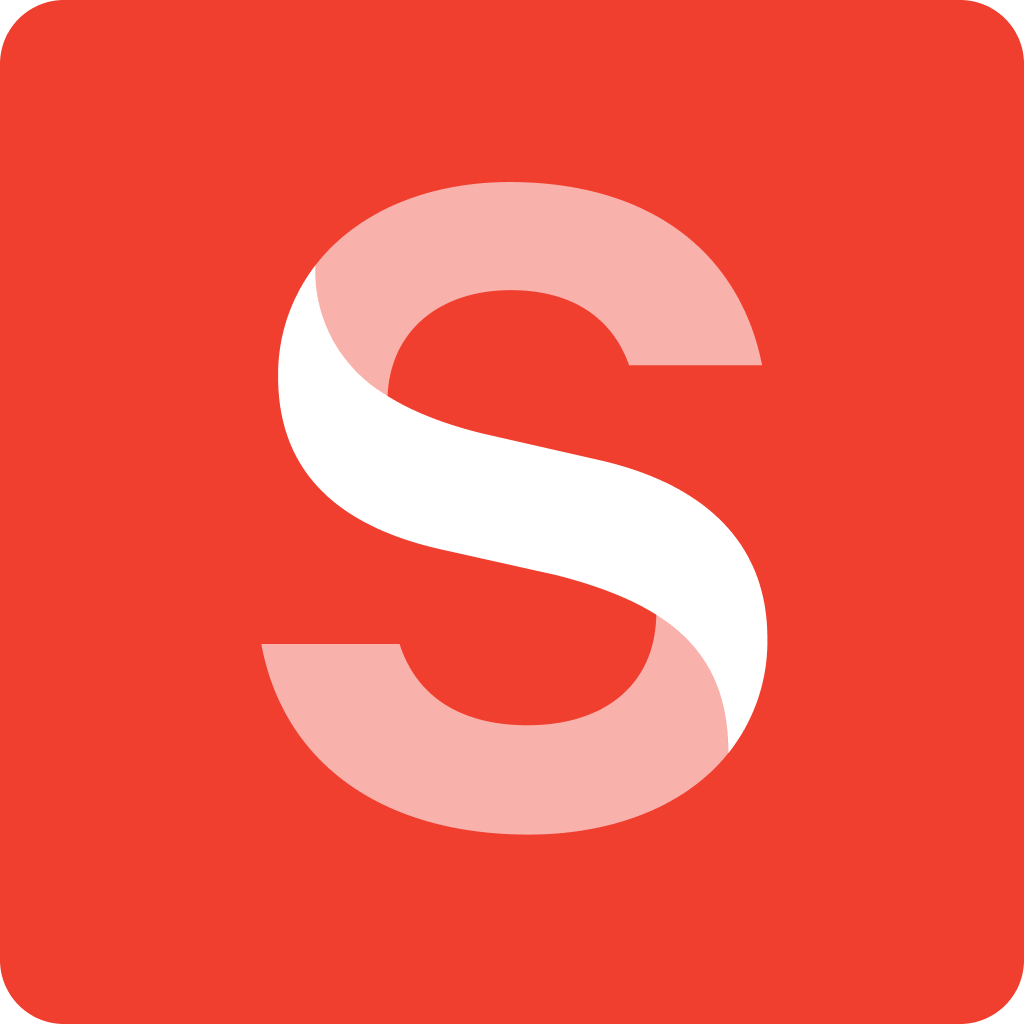

Hygraph Reviews & Product Details
Hygraph is a highly intuitive and user-friendly data visualization tool that helps businesses of all sizes visualize and analyze their data in real time. Unlike other tools, Hygraph features a drag-and-drop interface that eliminates the need for coding, making it accessible to users of all skill levels. With its advanced analytics, customizable dashboards, and interactive graphs and charts, Hygraph is a powerful tool that can help businesses make data-driven decisions and gain critical insight into their business performance.

| Capabilities |
|
|---|---|
| Segment |
|
| Deployment | Cloud / SaaS / Web-Based |
| Support | 24/7 (Live rep), Chat, Email/Help Desk, FAQs/Forum, Knowledge Base, Phone Support |
| Training | Documentation |
| Languages | English |

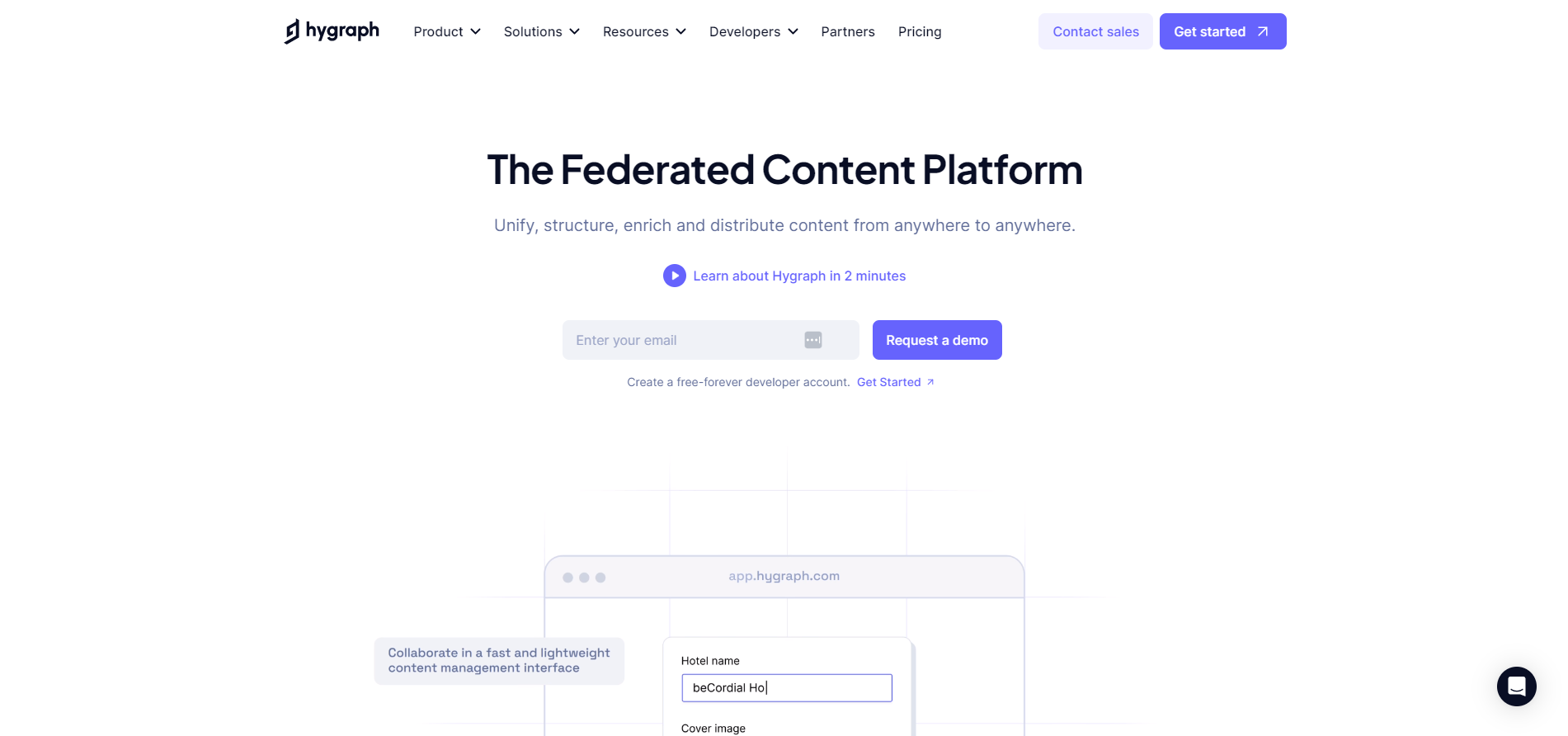
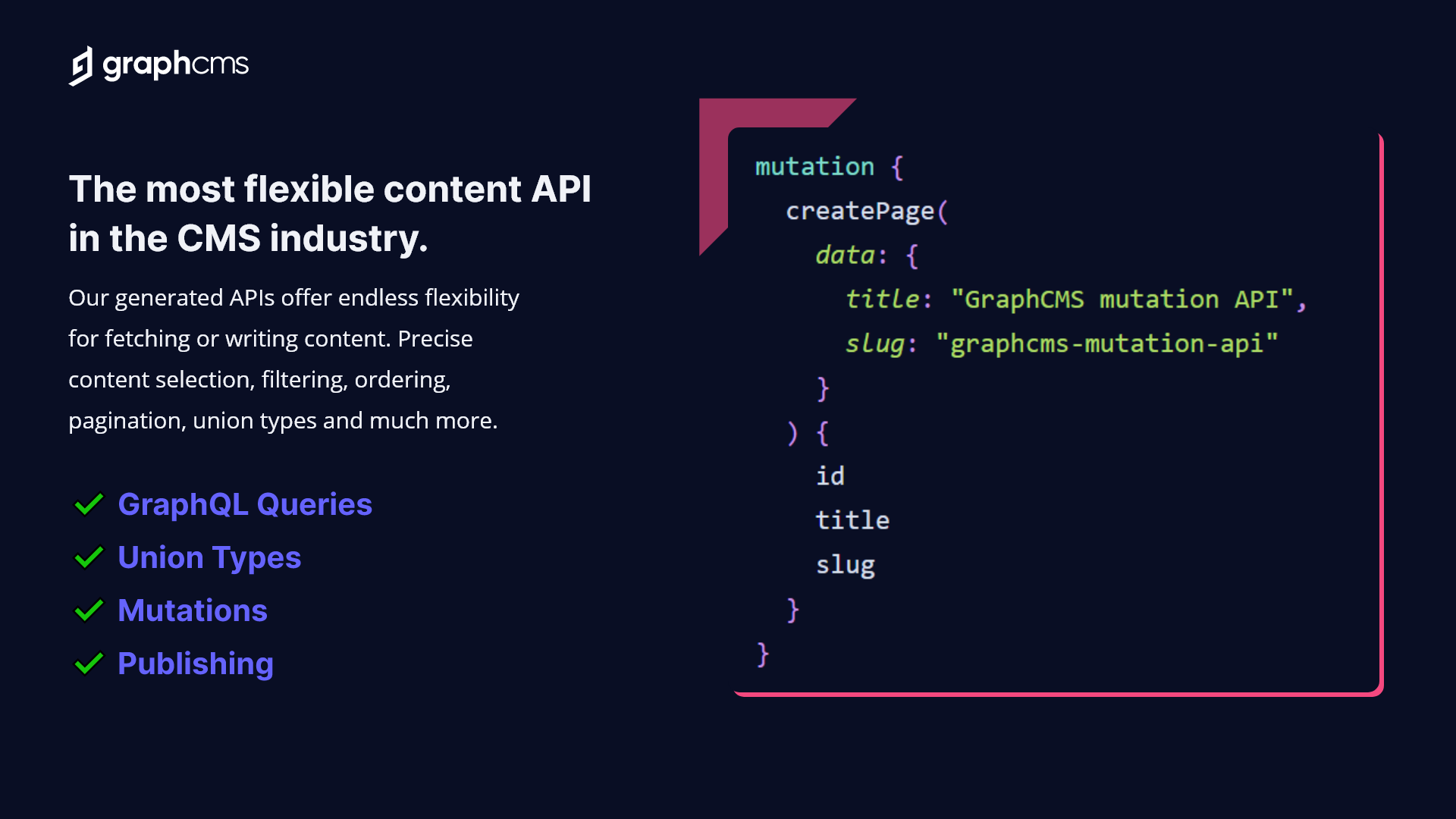
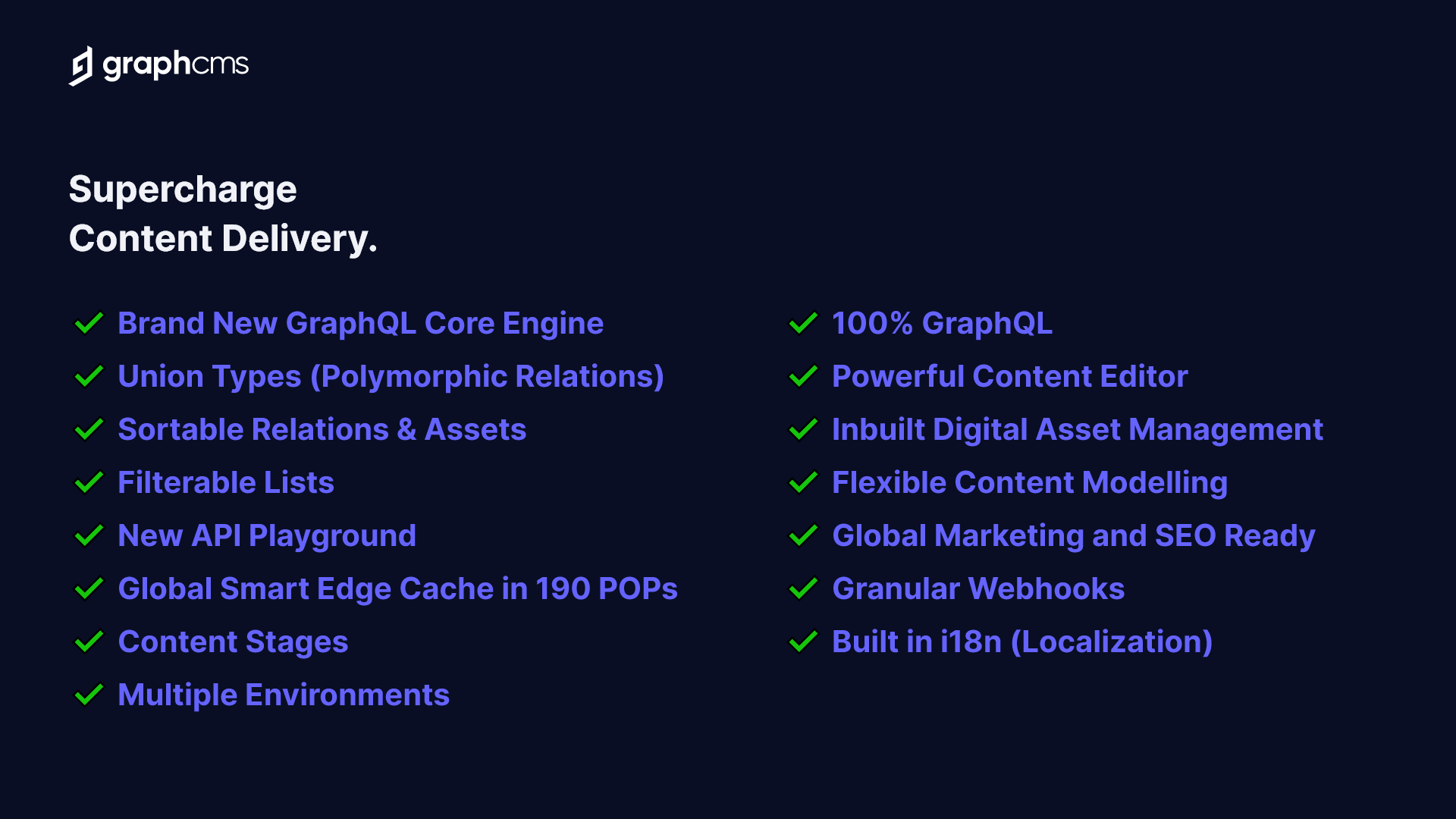
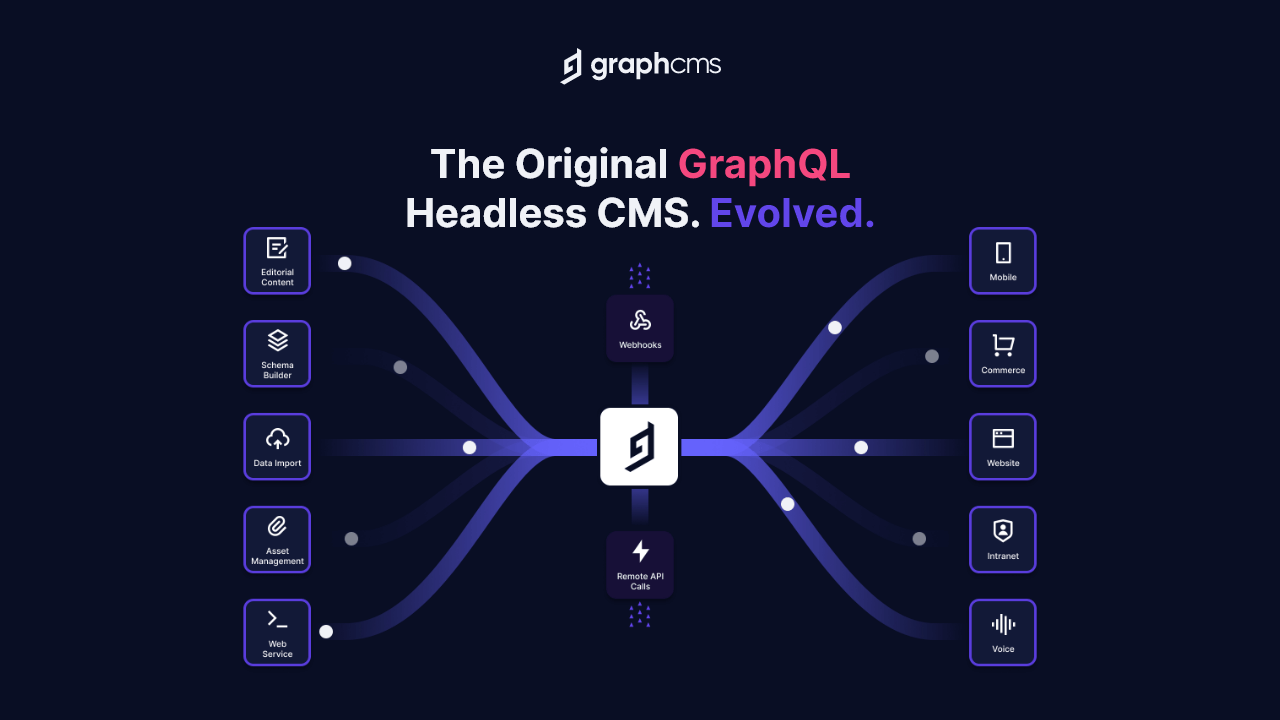
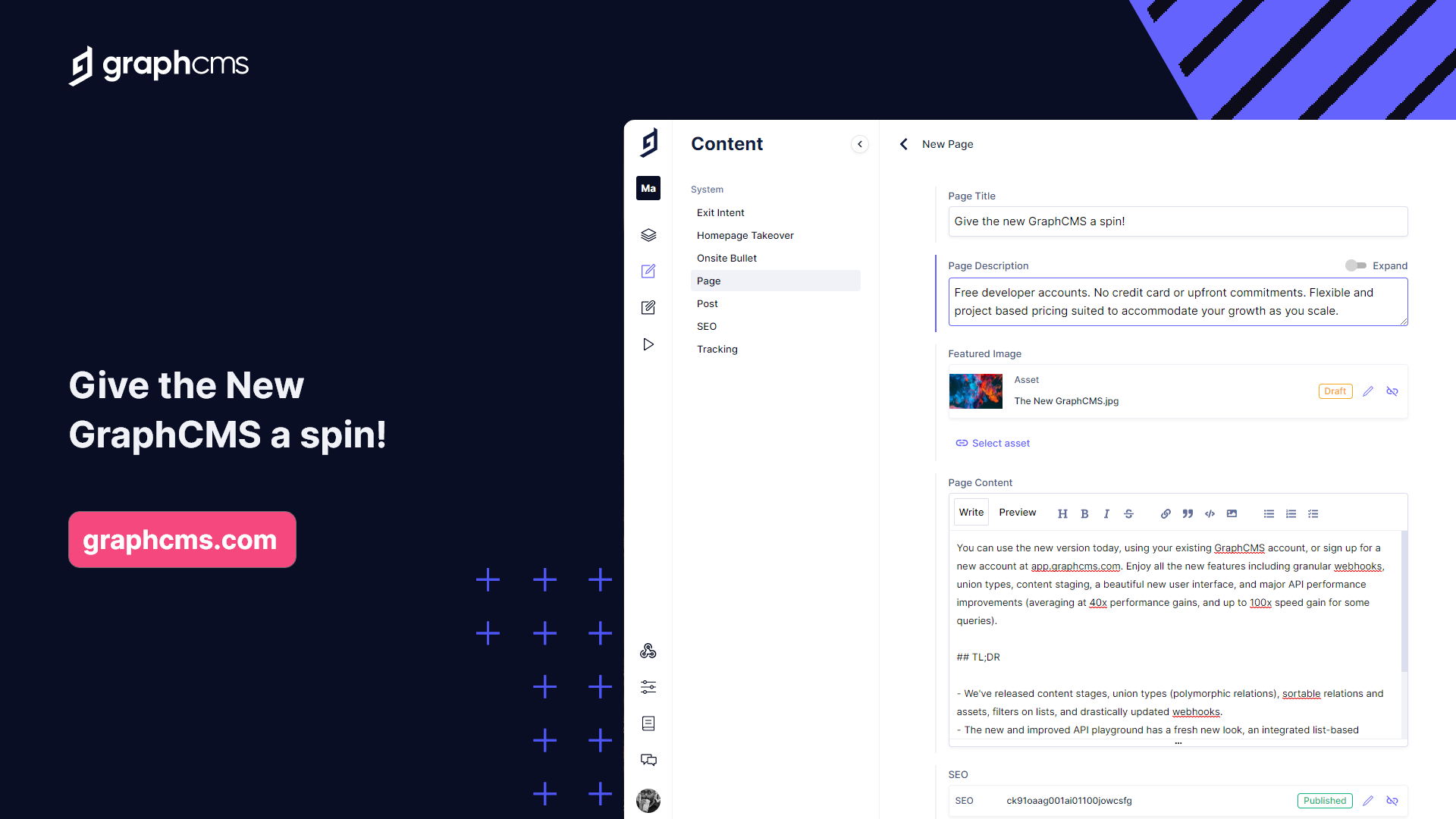

Hygraph offers most of the features I would expect from a high-end CMS; schedued publishing, customizability of the interface, rich-text editor and more. So far what has made me feel extra good about Hygraph is their swift and helpful customer support. The localisation is very good and the integration with Lokalise is a great help to our team. It was very easy to get started, and our editors seem happy with the experience so far. I know Hygraph are working on a new UI and some other improvements and I'm looking forward to see what they will do.
Hygraph are missing some features that I think would elevate it to the next level. For example autosaving entries and being able to save incomplete entries (without required fields). There has been some bugs, but most of them has been resolved quickly after reporting them. I would also prefer if there were more settings on fields, for example being able to specify that an assets should be an image, or what dimentions are allowed. Also, lists can't be required which to me seems a bit odd. The documentation is generally good but sometimes a bit difficult to navigate.
Hygraph allows our editors to work independently, so that they can manage the content on our web products without the need of developer interference.
We inherited the project from an agency and therefore had no influence on the information architecture in HyGraph. Thanks to the good support, we have learned how to do it right and always get support along the way. The HyGraph team is very helpful and I can only recommend using their expertise at the beginning of the project. The tool is easy to use and the structure makes sense. I particularly like the app area for extending functionality, as you can fall back on useful implementations.
Our information architecture in HyGraph is not optimal and we have very high traffic on the system as a result. This is clearly our fault, but it is still annoying. I would like to see more metrics and transparency regarding access to resources and assets. We currently find it difficult to reduce requests per second, for example, as we have little insight into the data. In addition, asset traffic is calculated based on accesses to the resource and not on accesses to the assets. This feels a bit unfair as the image is not always loaded and with a TTL of 30 days, the images are usually in the CDN anyway.
We have 40 different markets in our company that broadcast dynamic content and various entities such as products, recipes, etc. on one website. We use the CMS to enable the markets to enter their content and manage it in multiple languages.
Very robust, clean interface, easy to get use to
Can be a little getting use to when using graph QL
It took away my need to use bad headless cms's and was first robust one I used
The platform itself is very customizable, user friendly and straightforward
It requires a decent amount of IT involvement to stand up
It functions as our main CMS
It's a powerful, extendable CMS that makes organizing and publishing large amounts of dynamic content relatively easy. Some features out of the box are very, very handy.
There are some technical limitations we've run into with Graph - API limits and the like - that have taken significant dev work to circumvent. It's not as SEO-friendly out of the box as Wordpress or Umbraco, for example.
We have a lot of pages that use dynamic content that we're able to publish quickly and easily, updating content across multiple pages in a single click. While basic content posting is a bit harder to get perfect,it's nevertheless a great solution for us.
Easy to use with interesting features and dev-friendly documentation.
Lack of specific features for content, like allowing to localize stuff like References to other objects.
Generating website pages without needing to create new code.
The foremost noteworthy benefits are how quick ready to presently construct substance CMS. The improvement and introductory model or prototype and production version take less time, and things get prepared quickly. Easy to understand and use, especially for a non-technical person is the thing I love.
We don't have much freedom for customization in design and data modeling. We must have to restrict available tools, design and data modeling. its very expensive
We are a team of software developers, we use GraphCMS for our client's needs and requirements in data management. It makes things ready rapidly this is what we love the most.
Simplicity and ease of use. Compatability with other tech.
Community support and documentation could be improved.
Allows us to publish our company blog seamlessly and effectively.
This is my goto CMS for any project I create. It's very intuitive, the free plan limitations are just enough for small projects. Helpful API playground makes any integration simple and fast. Customer support is very helpful and responsive, even outside the working hours. They were kind enough to grant me an access to the premium feature for a university project!
The localization of assets might be easier
As any content management system, Hygraph helps me separate the struggle of filling the client's content for their webpage by simply allowing them access to the project and do it themselves. Besides that, it has an excelent set of free features, perfect for creating all startup projects.
It is super easy to use, good documentations and I love the usage of graphQL. Having multiple branches also helped us a lot in our development. Its schema also provides everything we need.
I don't think there is anything we dislike about it. Maybe having an extra branch would have helped so we could have production, staging and dev. Other than that I think it is all right.
Considering that we have our own designs so we had to choose a Headless CMS so we tried different ones and we picked HyGraph. In addition, it had a good support team.
How easy it is to make the pages and add content
wish there was an easier way to preview as I edit
Creating a page for an event and its very easy
Hygraph helps me to easily create good looking content.
There could be even more options for formating the text and creating assets as tables easier.
Hygraph is used by us to create a helpful contenthub for our customers. In other words: We use Hygraph as a easy-to-use blog system.
Create many entity and upload are best and simple uses
Price, to expensive to small companies and agency
Blog, updaload images, categories and entities of app
It it's very easy to setup and there are a lot of useful features right out of the box. It's also very easy to integrate with external services
I'm looking forward to their coming Algolia integration
Querying data for my front end application
Very fast and intuitive platform that ticks the right boxes for our project in terms of content management, security, forward-planning, and development. Staff have been helpful and flexible in working with the needs of an educational institute.
At this point in time we haven't encountered any negative issues.
They have been flexible working with the demands of an educational institute.
You can build complex systems without having to build backend infrastructure by hand.
The UI could be a little more user friendly. Particularly for content editors and non-technical users.
My most recent use was for a headless CMS for a startup, but I plan to use it on my next project to power a complex backend.
The api-driven headless approach was one key aspect driving our decision to run this pilot with GraphCMS. From the Agency point of view, we required a scalable on-demand solution that is able to cover our technical requirements without the need for further infrastructure - reducing the cost of ownership for system setup and ops resources. For our developers it GraphCMS supports easy integration with most modern tech stacks (ReactJS in our case) - everything is well documented. The OOTB support for GraphQL allows our Frontend developers to concentrate on building features without involving backend developers for API adjustments. They can swiftly built and test queries inside GraphCMS intuitive UI which allows us to flexibly shape the content models and test the outcome almost immediately in the frontend.
There is nothing we disliked so far. Overall we also liked the easy-to-use interface for content managers, the detailed developer resources and documentation for various tech stacks as well as having a Customer Success Manger from GraphCMS on our side offering quick support when needed.
For our client - being a global organisation - it is always challenging to provide local solutions for individual subsidiaries - especially of the requirements are so specialised that we cannot make use of the existing components offered in their Enterprise CMS. Usually local solutions would be built statically to be packaged and uploaded into AEM. Of course this comes with some drawbacks - in particular for maintenance and continuous content updates The current technical static setup and code-base for our project was too rigid for easy maintenance and regular updates. We needed a scalable and proven solution to deliver content in a flexible, design-agnostic way into our new React based SPA (Single Page Application). It should be easy to onboard new content managers and publishers to enable them for fast content updates while allowing the developers to work on critical features and enhancements.
Simple to use and integrates with just about any application you may want to build.
Nothing, really... It's a great product, can't really find any dislikes.
Creates a universal CMS for our many apps to access, and makes like simple for our content teams who need to manage content across multiple apps.
Simplicity and well implemented graphql api. Possibility to integrate external services and well written documentation with good examples.
Missing support for inputs like html with syntax highlighting.
Modern and easy content management which just works without any issues. Fast access and intuitive interface with possibilities to extend it.
the way how GraphCMS save the data is based on no relational databases. The interface is very intuitive too. You can click on many buttons and you have the security that you'll not break anything.
Maybe the suggestion on the playground, it's a little hard to know all the info. Because sometimes we waste too much time looking for the keywords necessary to make a request.
We need to work with GraphQL and we are looking for hostings and storage applications because we're using Firebase, but we found this solution as it's interesting.




